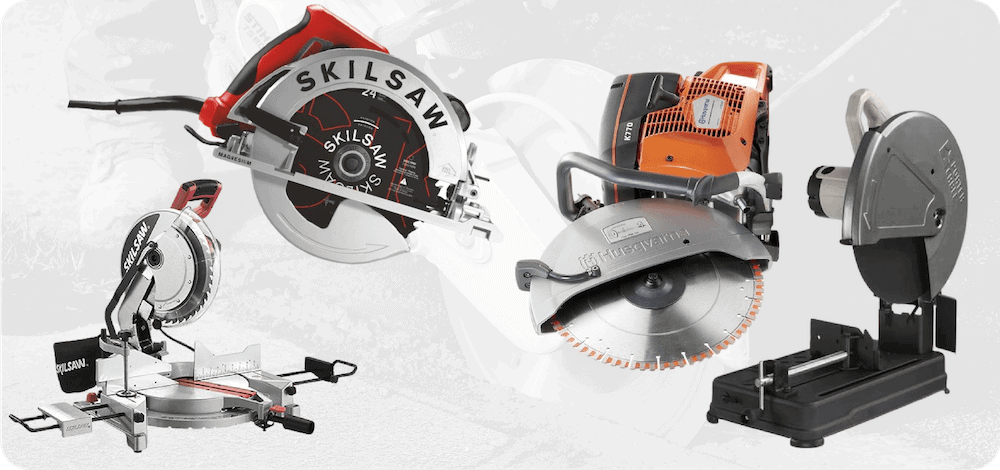The circular knitting machine is a specialized machine used in the textile industry for producing circular knitted fabrics. It has three major sections – yarn supply, knitting elements, and fabric take-down. The machine frame supports these sections with its various parts. Let's explore the different parts of the machine in detail.

The Legs:
The legs of the circular knitting machine are cylindrical and provide a sturdy base to the machine. It is essential to remove brand names from the legs for safety purposes as they may create confusion and cause accidents.
The Yarn Supply:
Yarn supply is the first section of the circular knitting machine. In this section, yarn packages are mounted on overhead creels. The machine can have several different types of yarn packages depending on the type of fabric being produced. These yarn packages are fed to the knitting zone through the yarn guides, stop motions, and feeders.
The Knitting Elements:
The knitting elements are supported in the center of the machine frame in what is called the knitting zone. These elements include needles, sinkers, cylinder, cams, and feeders. They work together to form the fabric in the circular knitting machine.
Needles: The needles are the main element used to form the knitted loops in the fabric. The needles move in and out of the cylinder, picking up and releasing the yarn to create a loop.
Sinkers: The sinkers work in conjunction with the needles. They hold the yarn in place and push it down between the needles to create a knit stitch.
Cylinder: The cylinder is the primary component of the machine frame where the knitting elements are mounted. The cylinder rotates to enable the needles to create the loops of the fabric.
Cams: The cams control the position and movement of the needles and sinkers, allowing them to form different stitch patterns.
Feeders: The feeders deliver the yarn to the needles, enabling them to create the loops of the fabric.
The Fabric Take-Down:
Once the knitted fabric is formed, it needs to be collected and taken down from the machine. In the circular knitting machine, the fabric goes down inside the cylinder towards the center of the machine, drawn into the take-down device, and finally collected on a roll winding mechanism.
Fabric Spreader:
A fabric spreader is a part of the machine which gradually converts the tubular fabric zone into a flat fabric. The spreader takes the knitted fabric and spreads it out, preparing it to be wound onto the roll winding mechanism.
Circular Knitting Machine Fabric Spreader:
The circular knitting machine fabric spreader is an essential component of the machine. It helps to prepare the knitted fabric for winding onto the roll. The spreader takes the tubular fabric and gradually converts it into flat fabric.
Conclusion:
The circular knitting machine is a complex piece of machinery used in the textile industry for producing circular knitted fabrics. It consists of three major sections – yarn supply, knitting elements, and fabric take-down. The machine frame supports these sections, and it has several different parts, such as the legs, needles, sinkers, cylinder, cams, feeders, and fabric spreader. Understanding the function of these different parts can help in creating high-quality knitted fabrics.